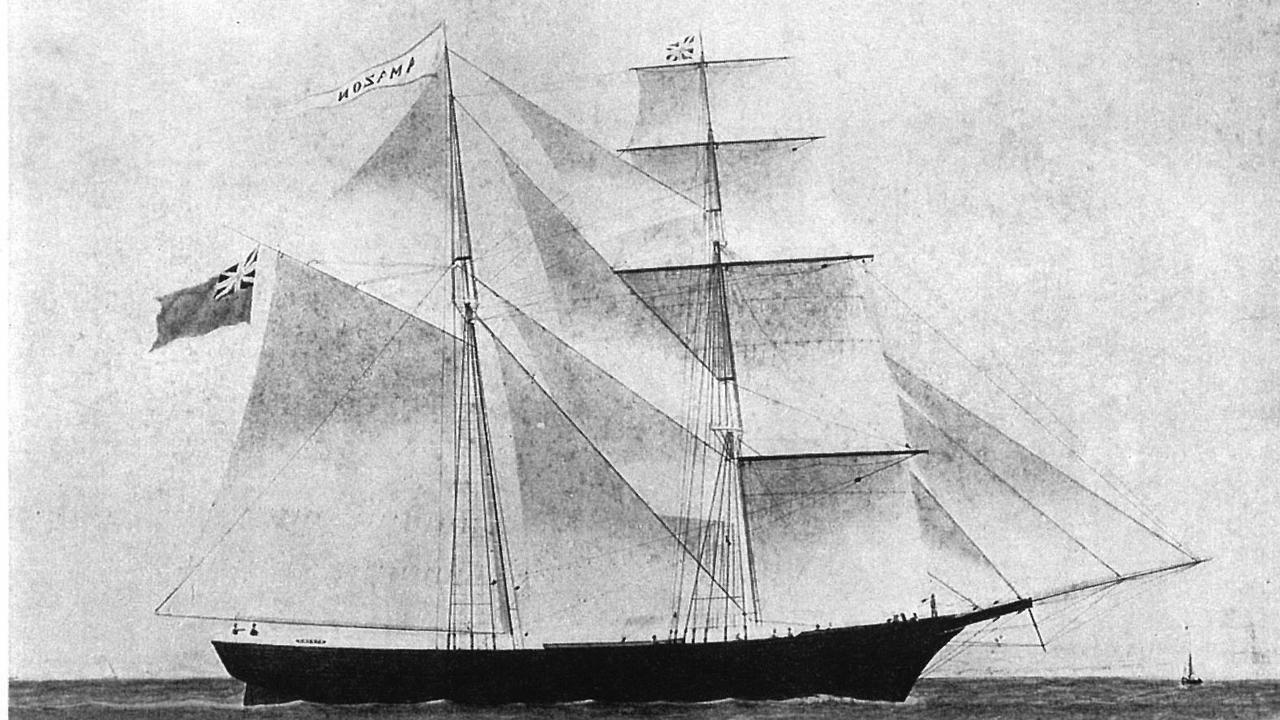Woodstock's fields of musical dreams
FORTY years ago it was mayhem. Now the area around Woodstock has returned to its peaceful ways, writes Sean Sennett.

WHEN America's counter culture arrived at Max Yasgur's farm in New York State in August 1969, they were promised 'three days of peace and music'.
At the time, the Vietnam War was still in full flight and the Apollo spacecraft had just returned from the moon. Like those events, the effects of the Woodstock Music & Art fair still resonate four decades later.
To a music enthusiast, 'Woodstock' is as mythical as Sam Philip's Sun Studio in Memphis, Beale Street in New Orleans or Penny Lane in Liverpool.
Woodstock wasn't the first music festival to make an impression, The Isle of Wight and Monterey Pop had preceded it. Yet, Woodstock impacted on a generation. The list of bands that turned down the organizers is almost as impressive as those that turned up.
Thirty-two artists were on the bill and they included Ritchie Havens, Joan Baez, Santana, Canned Heat, Grateful Dead, Creedence Clearwater Revival, Jefferson Airplane, Janis Joplin, The Who, The Band, CSN&Y, Joe Cocker and, perhaps most famously, Jimi Hendrix. Bob Dylan, The Doors, Led Zeppelin and Joni Mitchell were otherwise engaged and unable to attend.
A Somme for hippies
Billing itself as 'An Aquarian Festival', the Aquarians got a little of what they loved the most, water. As the heavens opened, the field turned to mud and there were times when Yasgur's 600-acre farm resembled a Somme for hippies.
Originally a dairy farm, you'll find the site in the rural town of Bethel, New York.
Located in Sullivan County, Bethel is about 70kms southwest of the actual town of Woodstock, which is in the adjoining Ulster County. Today's Bethel's population is around 5000 people.
Director Ang Lee, best known for Crouching Tiger, Hidden Dragon and Brokeback Mountain, has made a superb film based on Bethel hosting Woodstock aptly titled, Taking Woodstock.
The film details the securing of Yasgur's farm for the half a million 'kids' that turned up to the event.
As Lee's film portrays, Bethel wasn't the organizers first choice. The town of Woodstock wasn't big enough to take the original numbers, and concert was initially scheduled for the 300-acre Mills Industrial Park in Orange County, New York.
Told that 50,000 were looking to attend, residents opposed the project. This is where Elliot Tiber, a man at the centre of Lee's film, became instrumental in staging the event.
Ready-made spot for skinny dippers
Tiber owned, with his parents, the 80-room El Monaco Motel on White Lake in Bethel, he also had a permit for a White Lake Music and Arts Festival; which was originally touted as a chamber music concert. Tiber's property was clearly too small, and he introduced the organizers to Yasgur.
As anyone who's ever seen an image from Woodstock will know, Yasgur's land formed a natural bowl sloping down to Filippini Pond on the land's north side. The stage was positioned at the base of the hill, with the pond forming a backdrop and a ready-made spot for skinny dippers.
Bethel was barely big enough for 50,000, let alone half a million people and it's here where the triumph of Woodstock still burns brightly.
As the US was enduring race issues, social issues and a rising death toll in Vietnam, Woodstock became a symbol of goodwill and peace. Drugs were in the open, loving was easy and a small counter-cultural mini-nation was enjoying the moment.
Explore the impact of the Woodstock festival
Anyone looking to visit Bethel now should investigate Bethel Woods, a state-of-the-art performing arts venue located on the original site. In 2008 a multi-media Woodstock 'interpretive' museum opened near the old Yasgur's Farm to complement the concert space. As well as interactive displays, there's film and artifacts, which explore the impact of the Woodstock festival in essentially closing a decade defined by massive cultural transformation.
Scenic to this day, one of the features of Bethel is its proximity to numerous lakes all within a few kilometers of each other. They include White Lake, its northern portion known as Kauneonga Lake, Silver Lake, and Lake Superior. The fishing in the region is excellent.
The township still has a rural feel, though the outskirts include auto manufacturing.
You'll still find the odd colony of holiday bungalows, which often cater to a largely orthodox Jewish clientele. Best access to the area is a road trip from New York City, travel 90 miles northwest, or you can fly into Sullivan County International airport, which is northeast of Kauneonga Lake.
Bethel is only 20 miles from the Delaware River, the population swells by 10 000 over summer.



